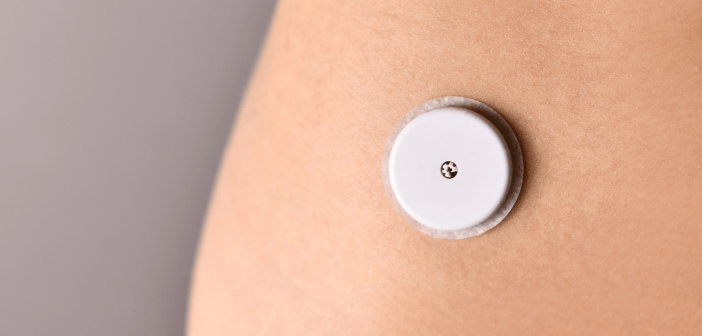Tracking diseases via sweat – a mini device that does it all

Scientists developed a compact device for pediatric patients, to stimulate sweat glands and sweat production while monitoring biomarker levels using biosensors.
A collaboration between scientists from the Korea Institute of Science and Technology (Seoul, Republic of Korea) and Northwestern University (IL, USA), led to the development of a flexible device that can stimulate sweat glands and perform biosensing simultaneously. Their findings were published in Biosensors and Bioelectronics.
Sweat contains numerous biomarkers that allow us to assess physical health and nutritional balance, monitor the loss of vital components from the body, and determine exposure to harmful substances. To obtain enough sweat for testing, intense physical activity was previously required to induce sweat production. This approach presented difficulties for people with limited mobility.
You may also be interested in:
- Infographic: Gyrolab® hybridization assays for oligonucleotide analysis
- A blood-based, metabolite and demographic characteristic markers panel for the diagnosis of Alzheimer’s disease
- Western blotting: evolution of an old analytical method to a new quantitative tool for biomarker measurements
The groups created a flexible device that can stimulate sweat glands by applying an electric current to a drug-containing hydrogel. Sweat induced by the drug is collected in microfluidic channels and micro-reservoirs within the device. Sweat biomarkers, including chloride, zinc and iron levels, are then examined by multiple colorimetric assays installed in the device.
This compact device can be easily attached to the skin and needs only a minimal volume of sweat, enabling quick and precise monitoring of different biomarkers from small skin areas. This is a notable improvement from other traditional methods that usually demand larger sweat volumes and complex protocols. Moreover, this portable device is practical and convenient due to its small, wearable and user-friendly design.
Testing the device involved monitoring sweat biomarkers in five participants before and after a meal, with comparisons to standard laboratory analysis. The group also demonstrated the application of this device on infants with cystic fibrosis. Their results aligned closely with results from conventional hospital sweat analysis methods, achieving an accuracy rate of more than 98%. Furthermore, they verified the device’s stability by checking skin temperature and pH levels. Given that cystic fibrosis mostly emerges during infancy, consistent monitoring of the disease and the patient’s physical well-being is crucial.
With this device, convenient home monitoring becomes possible, reducing the psychological and physical stress on pediatric patients and their caregivers.
“We have not only addressed the limitations of existing methods for inducing sweat but also achieved success in clinical research, bringing us one step closer to commercialization”, stated Kim Joohee from the Korea Institute of Science and Technology.
Looking forward, this new device will address the growing interest in biomarker analysis of sweat. The group plans to expand this technology to healthy adults.
“We plan to conduct large-scale clinical studies and commercialization, including adults, in the future”, added John Rogers from Northwestern University.






